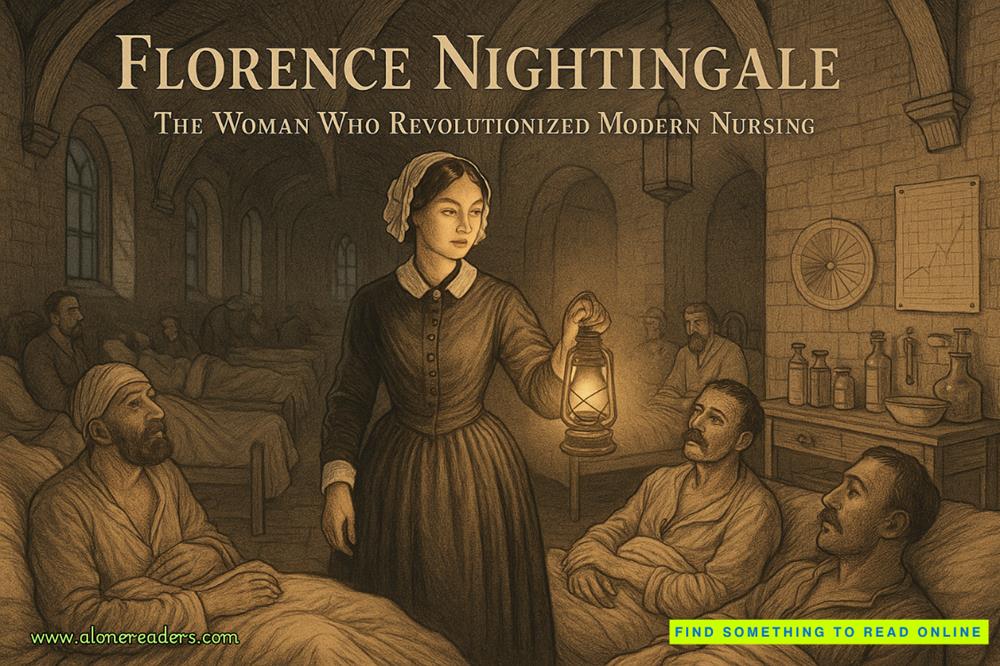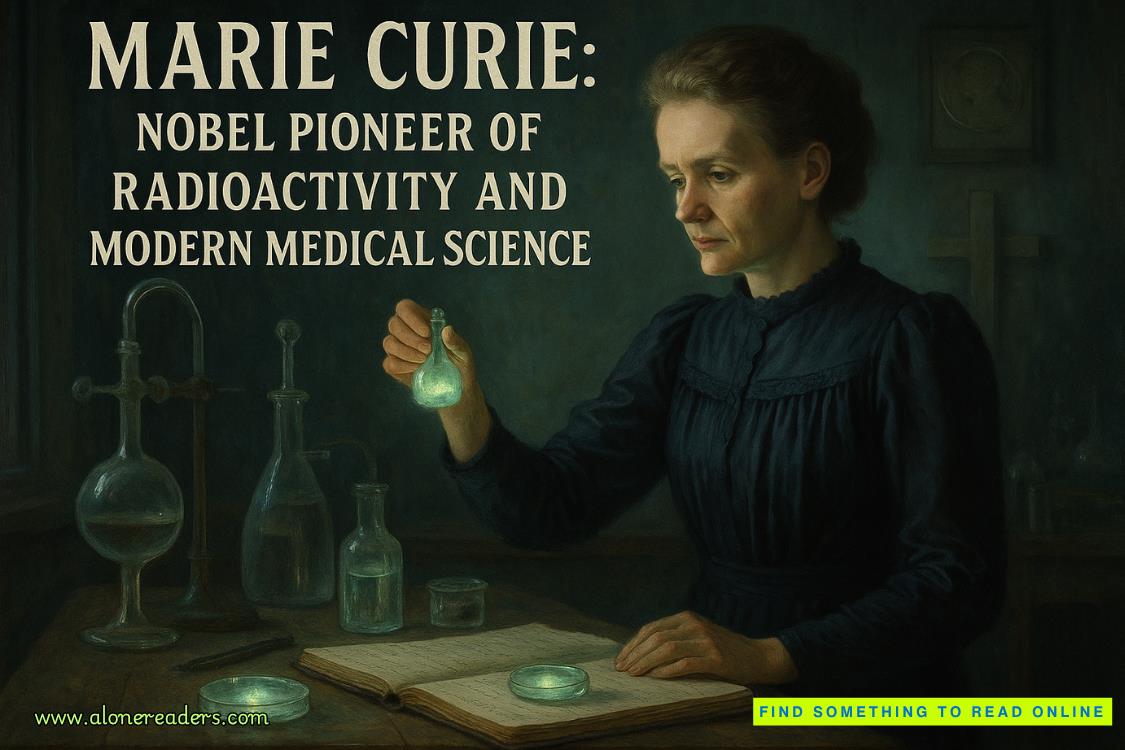Page 2 of Dying to Meet You
A sudden breeze tells me that the front door has been opened again. “Rowan?”
“Right here,” I call and step into the foyer.
He shuts the door and turns to me, all shiny shoes and gabardine wool and perfectly straight teeth. “Sorry I’m late.”
“It’s no problem,” I say, giving him what I hope is an energetic smile and a firm handshake.
“How are you?” he asks as we cross into the atrium.
It’s not a serious question. He doesn’t want to hear that I’m barely holding it together. It’s not his problem that I’m spiraling from a breakup. So I hold my smile. “I’m doing great.”
“Glad to hear it.” He glances around, as if checking for any new details since the last time he stopped by. The mansion is Hank’s ancestral home, although he never lived here. The family decamped in the forties to a newer, grander compound in a more private location up the coast.
In the decades afterward, the property was used as a home for unwed mothers—with the charming name the Magdalene Home for Wayward Girls—until the home closed down in the late eighties.
Now we’re in the process of converting it into a brand-new cultural institution: the Wincott Center for Maritime Heritage. It will be part museum and part educational center. The ground floor will serve as an event space and contain exhibits of maritime history. Upstairs will feature meeting rooms and offices. And out in back, I’m constructing a new-age lecture hall.
It’s a good gig. A career-making commission. Except I’m horribly behind schedule and over budget.
“Hey there, Hank!” Beatrice sweeps into the atrium wearing a smile that’s far less stilted than mine. She and our boss have worked together for years, and it shows. “Big shame about the game last night.”
His eyes crinkle at the corners as he takes a performative glance at his watch. “Seven seconds. That’s how long I was in the building before you decided to rub it in.”
She spreads her graceful arms in mock disbelief. “If you don’t want to talk about the Sox losing, maybe don’t bet on the Sox?”
“Fine, fine.” He pulls a handsome leather wallet out of his trouser pocket, plucks a crisp $10 bill out of it, and passes it to Beatrice. “Can we talk about the floor plan now? Or did I just come here to be humiliated?”
Beatrice pockets the cash. “I’ll leave you to it. Find me afterward for an update on the construction schedule.”
“Will do.” He turns to me. “Now let’s see this wall painting that’s causing all the trouble.”
“Of course. Follow me.” I lead him up the grand staircase to the second floor. Given the lofty ceilings in this place, it’s quite a climb. “I know you’ve earmarked the Blue Room for the director’s office. But I need to show you what the conservators did in there. It’s very impressive.”
“It ought to be, after a two-month delay,” he says.
I cringe. Privately.
Hank already knows how the conservators work—an inch at a time, with cotton balls and Q-tips. He should be grateful they rearranged their work schedule to prioritize the mansion as soon as we’d discovered additional hand-painted walls throughout the second story.
Hank is a charming man, but he’s not a patient one.
On the second floor, we follow the curve of the gallery toward the front of the house. I step aside to let Hank enter the Blue Room first. Then I follow him, temporarily blinded by the glint of the afternoon sunshine off Casco Bay.
The room is empty and echoey, but it was once a guest bedroom with an elegant four-poster bed, hand-knotted rugs from Scotland, and curtains from France. Those furnishings were removed decades ago, but the scale of the room still gives a sense of grandeur. The ceiling height tells you straightaway that Amos Wincott had an ego. And the walls? Astonishing. They were painted by an artisan brought over from Italy.
Behind me, Hank whistles under his breath. “No wonder this took so long.”
I turn around so I can admire the largest interior wall, unbroken by windows or a door. It took the conservators weeks of work to reveal several figures from Greek mythology. The centerpiece shows the sea god Poseidon, who turns up everywhere in the mansion. This particularscene depicts him with his wife, a mermaid-like nymph named Amphitrite. She’s coiled around her husband, her bare breast plumped against his chest. Their ardor is unmistakable.
“All the upstairs murals are horny,” my favorite conservator pointed out last week. “There’s really no other word for it.”
I keep that observation to myself as Hank moves closer to squint at the brushstrokes. “Can’t believe they were able to uncover this. No wonder they’re so expensive.”
“They do impressive work,” I agree.
But it’s a shame they needed to. For seventy years, this lush imagery has been hidden under a layer of cheap house paint. Sometime in the 1950s, one of Hank’s uncles—Marcus Wincott—decided to cover the walls in a dull shade of beige.
Marcus had a different kind of Wincott ego. He was a religious man who probably thought that frolicking Greek gods were too scandalous for the pregnant girls who took refuge here.















